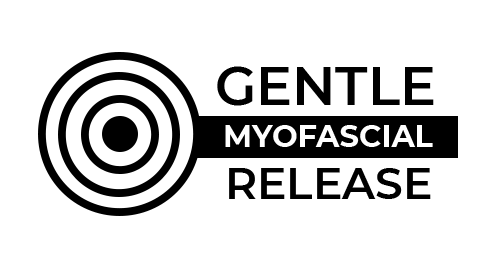Whether you’ve had a major operation or a minor procedure, post-surgical recovery is more than just letting your body rest. Once the incision heals, many people are left dealing with stiffness, restricted movement, or lingering discomfort. One of the most overlooked pieces of the recovery puzzle? Your fascia.
As a myofascial release therapist, I’ve seen how addressing the fascial system—your body’s connective tissue web—can dramatically accelerate healing and restore comfort after surgery. This article is here to help you understand why.
What Happens to Fascia After Surgery?
Fascia is a continuous, flexible network that wraps around muscles, organs, bones, and nerves. When surgery is performed, fascia is disrupted. Scar tissue forms—an essential part of healing—but this scar tissue can create adhesions, which are sticky, thickened areas that limit movement and create tension throughout the body.
These adhesions don’t just affect the surgical site. Because fascia is interconnected, tightness in one area can impact posture, joint function, and even digestion or breathing.
The Role of Myofascial Release in Healing
Myofascial release (MFR) is a gentle, hands-on technique that helps soften and mobilize restricted fascia. Unlike forceful massage or deep tissue work, MFR meets the body where it’s at—working slowly to unwind tension and improve hydration in the tissue. Here’s how it helps after surgery:
- Breaks down adhesions: MFR gradually encourages scar tissue to become more pliable, restoring healthy movement.
- Restores mobility: By freeing up restricted fascia, clients often regain range of motion they thought was permanently lost.
- Improves circulation: Releasing tight areas allows better blood and lymph flow, which can speed up tissue repair.
- Reduces compensation patterns: The body often shifts its mechanics after surgery to avoid discomfort. MFR helps reestablish balance and prevent long-term dysfunction.
- Eases discomfort: Gentle release can lower pain levels without overloading the nervous system.
When Can You Start?
Always consult your surgeon before beginning any hands-on therapy. That said, fascial release doesn’t always have to wait months after surgery. Once the incision has fully closed and your doctor gives the go-ahead, gentle work can begin around the affected area (and even on related structures) to support your recovery.
Self-Care Between Sessions
You can also support your fascia at home:
- Gentle foam rolling or ball rolling (avoiding the direct scar area until cleared)
- Breathwork to mobilize the ribs and diaphragm
- Hydration and anti-inflammatory nutrition to support tissue health
- Mindful movement, like walking, yoga, or stretching, as tolerated
The Bottom Line
Surgery is sometimes necessary, but the healing process doesn’t end when the stitches come out. Taking time to support your fascial system can make a world of difference in how quickly and fully you recover.
If you’re navigating post-surgical recovery and want to explore how gentle myofascial release could help you feel more like yourself again, I’d love to talk.
Let’s work together to restore freedom and ease in your body.
—
Interested in booking a session or learning more? Contact me here



